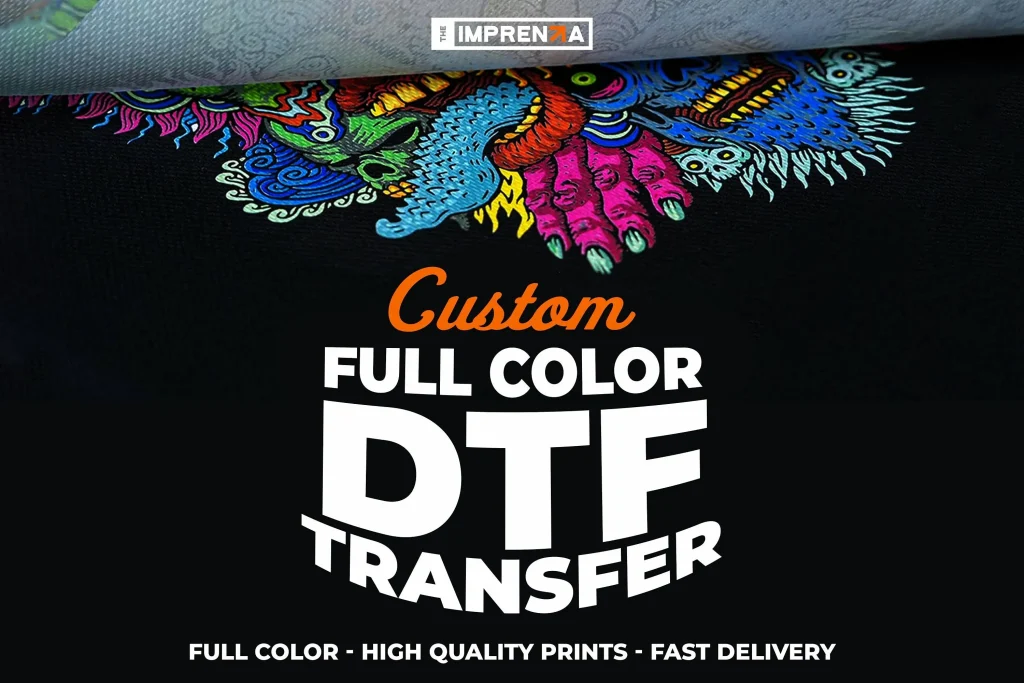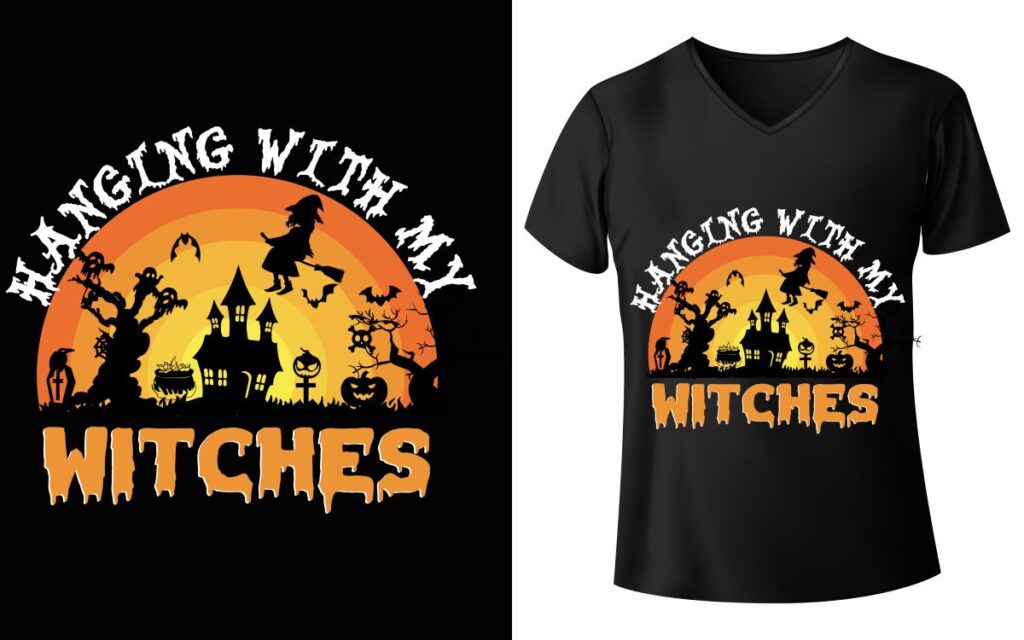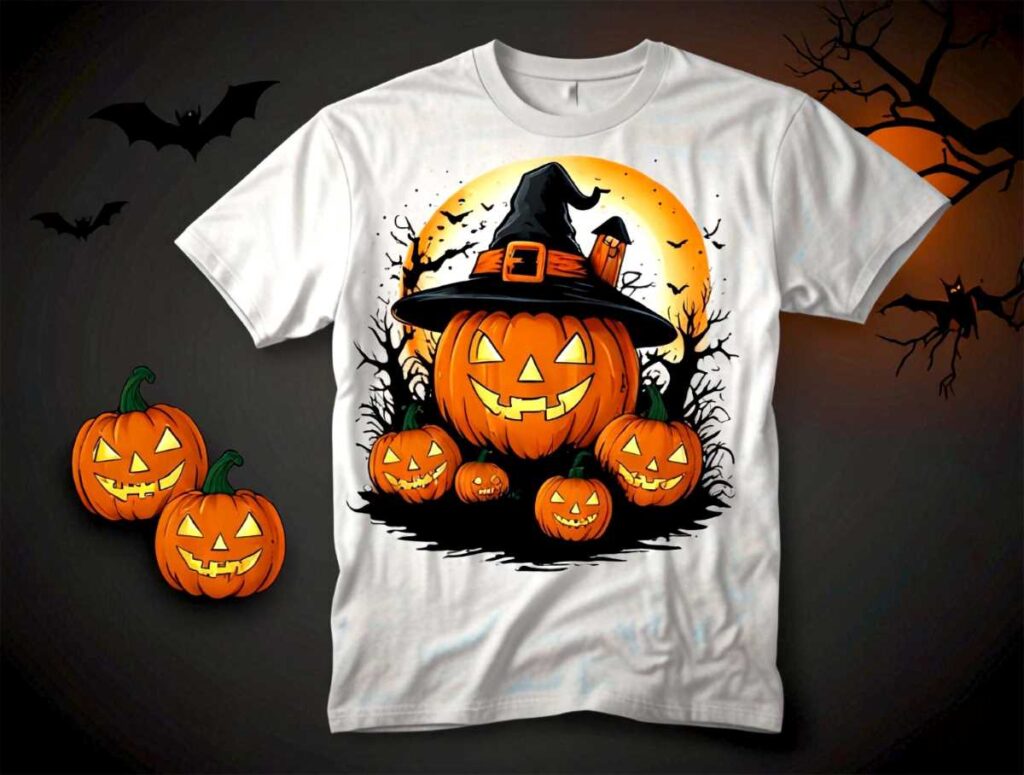DTF transfers, or Direct to Film transfers, represent a cutting-edge approach to fabric printing that has captured the attention of both small businesses and passionate hobbyists. By utilizing DTF printing techniques, vivid designs and intricate details can be applied effortlessly to a variety of fabrics, including cotton and polyester. This method not only showcases vibrant graphics but also ensures significant durability and resistance to fading. In this article, we will explore the essential tools for successful DTF application, such as heat presses for DTF transfers and specialized DTF transfer tools, while uncovering the numerous benefits this printing technology offers. Join us as we dive deeper into the art of DTF transfers and discover how to elevate your fabric design projects to new heights.
The realm of fabric decoration has been transformed with the advent of Direct to Film printing, a process allowing for the seamless application of intricate designs on various materials. Often referred to as DTF printing, this technique utilizes a unique combination of specialized inks and heat to create durable designs that adhere securely to fabrics. Crafters and professionals alike appreciate the versatility and efficiency of DTF equipment, empowering users to explore creative avenues previously unattainable with traditional printing methods. As we delve into the world of transfer printing, it becomes clear that mastering DTF techniques can lead to visually stunning products that stand out in a crowded market. Explore with us how DTF printing tools and strategies can redefine your creative projects.
Understanding DTF Transfers and Their Process
DTF transfers, or Direct to Film transfers, have stood out in the printing industry due to their efficient process and compatibility with a wide range of fabrics. Unlike methods that are limited to specific materials, DTF printing allows users to transfer designs onto cotton, polyester, and even blends without sacrificing quality. The process initiates with creating a digital design, which is then printed onto a specialized PET film using high-quality DTF inks. This unique approach offers a new level of creativity and flexibility for crafters and businesses alike.
Once the design is printed onto the film, the application of a hot melt adhesive powder is crucial. This powder ensures that when heat is applied during the transfer process, the ink adheres effectively to the fabric. This method not only enhances the vibrancy of the colors but also contributes to the overall durability of the print. Understanding this multi-step process is key for anyone looking to explore the artistic potential of DTF transfers.
Key Techniques in DTF Printing
Mastering DTF printing requires familiarity with specific techniques that combine creativity with technical know-how. One of the primary techniques is the precise printing on PET film. Ensuring your design is rendered accurately during this phase is critical for achieving high-quality results. Utilizing water-based inks enhances not only the color vibrancy but also the environmental friendliness of your project. Even slight adjustments in the design phase can greatly affect the final outcome, making attention to detail paramount.
Another technique that needs recognition is the heat application process. Properly positioning the printed film onto the fabric and using the appropriate heat press settings can make a significant difference. The heat press must maintain consistent temperatures, typically between 320°F to 356°F, for the right duration. Mastery of these techniques not only improves the final product but also increases production efficiency, allowing users to produce professional-grade items more quickly.
Essential Tools for DTF Transfers
The success of any DTF transfer lies heavily in the quality of tools used during the process. A dedicated DTF printer is non-negotiable, as these machines are engineered for printing with specialized inks on the PET films. While some inkjet printers can be modified for this purpose, investing in a DTF-specific printer ensures superior color accuracy and print quality, ultimately leading to better results for your projects.
In addition to printers, having a reliable heat press machine is critical. Whether choosing a clam-shell or swing-away model, it’s essential for maintaining consistent temperature and pressure during the transfer process. Complementing these machines with heat-resistant tape helps keep the films secure while enhancing precision in alignment. Equipped with the right tools, users can significantly elevate their DTF printing outcomes.
Advantages of Utilizing DTF Transfers
One of the standout advantages of DTF transfers is their incredible versatility. This printing method can be successfully applied to various fabric types, including cotton, polyester, and blends, making it suitable for a wide range of products. From t-shirts to bags, the adaptability of DTF transfers allows businesses to cater to diverse consumer preferences and needs, making it an invaluable tool in the industry.
In addition to versatility, DTF transfers boast user-friendly characteristics, making them accessible even for beginners. While traditional printing methods may require extensive training or experience, DTF can be easily mastered by hobbyists and small business owners alike. The durability of DTF prints further enhances their appeal, as they maintain their vibrant colors and withstand daily wear over extended periods, offering an excellent return on investment.
Emerging Trends in DTF Printing Technology
The world of DTF printing is continuously evolving, with exciting trends emerging that cater to market demands. Recent advancements in printing technology have led to faster models hitting the market. These new printers significantly expedite production, allowing businesses to fill orders quickly without compromising on print quality. This increased speed can be crucial in a competitive marketplace where customer expectations are high.
Cost-effectiveness is another trend shaping the future of DTF printing. Innovative improvements in ink formulations have reduced costs significantly, making DTF an economically viable choice without sacrificing quality. Such advancements create opportunities for both startups and established businesses to maximize profits while providing high-quality prints that will delight customers.
The Future of DTF Transfers in the Crafting Industry
As DTF transfers gain popularity among crafters and businesses alike, the future looks bright for this printing technique. Advancements in the crafting community, paired with a growing interest in personalized and high-quality products, suggest that DTF transfers will continue to be a preferred choice. Furthermore, the combination of creativity and technology enhances opportunities for artists and designers to create unique offerings that stand out in the market.
Looking ahead, it is also likely that innovations in DTF transfer tools and techniques will emerge, improving efficiency and results. Keeping abreast of these developments will empower crafters to stay ahead of trends and embrace new possibilities in digital printing. By exploring the art of DTF transfers, they will not only satisfy their creative needs but also align with industry advancements that enhance product quality and marketability.
Frequently Asked Questions
What are DTF transfers and how do they work?
DTF transfers, or Direct to Film transfers, involve printing designs on a specialized PET film which is then heat transferred onto fabrics. This innovative DTF printing technique allows for vibrant, durable designs suitable for multiple fabric types, including cotton and polyester.
What are the essential tools required for DTF printing?
Essential tools for DTF printing include a DTF printer, a reliable heat press for DTF application, heat-resistant tape, and appropriate design software like Adobe Illustrator. These tools ensure efficient production and high-quality results in your DTF transfer projects.
What are the benefits of using DTF printing techniques over other methods?
DTF printing techniques offer numerous advantages such as versatility in fabric application, ease of use compared to screen printing, and superior durability of prints against fading and cracking. This makes DTF transfers a preferred choice for both small businesses and hobbyists.
How do you properly apply a DTF transfer using a heat press?
To apply a DTF transfer using a heat press, first position the printed film onto the fabric, then press it at a temperature of 320°F to 356°F (160°C to 180°C) for 10-15 seconds. This process cures the adhesive, ensuring a strong bond between the print and the fabric.
Are there special inks required for DTF transfers?
Yes, DTF transfers require specific water-based inks designed for adherence to the PET film. These inks provide excellent color vibrancy and durability, which are crucial for producing high-quality DTF prints.
What recent trends are influencing DTF printing and transfers?
Recent trends impacting DTF printing include advancements in speed due to faster printer models, cost-effective ink formulations, and innovations in heat press technology that enhance efficiency and print quality, making DTF transfers a growing trend in the printing industry.
| Key Points | Details |
|---|---|
| What are DTF Transfers? | DTF transfers print designs on a specialized film, which are then transferred to fabrics using heat, allowing for compatibility with cotton, polyester, and others. |
| Techniques Involved | 1. Printing Process: Create design, print on film with DTF-compatible printer, apply adhesive powder. 2. Heat Press Application: Position film, apply heat/pressure with a heat press (320°F-356°F for 10-15 seconds), cure adhesive. 3. Quality Assessment: Inspect for defects post-transfer. |
| Essential Tools | – DTF Printers: Designed for specialized inks/films. – Heat Press Machines: Maintains temperature/pressure. – Heat-Resistant Tape: Secures film during transfer. – Design Software: Adobe Illustrator for graphics. |
| Advantages of DTF Transfers | 1. Versatility with various fabrics. 2. Easier than other methods like screen printing. 3. Durable prints that resist wear and fading. |
| Recent Trends | 1. Faster printing processes introduced in 2025. 2. Cost-effective ink formulations. 3. Innovations in heat press technology. |
Summary
DTF Transfers represent a groundbreaking method in fabric printing, seamlessly blending art and technology to produce high-quality designs on a variety of materials. This technique not only offers versatility across different fabrics but also provides ease of use, making it an attractive option for both crafters and businesses alike. By mastering the essential techniques and utilizing the right tools, individuals can harness the full potential of DTF Transfers, allowing them to create vibrant and lasting designs that elevate their projects. As technology continues to advance in this field, staying informed about the latest trends and innovations will empower creators to push the boundaries of their artistic endeavors.



